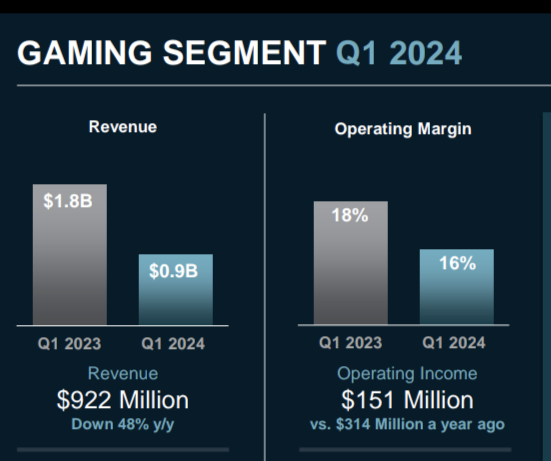sure but if you end up using so much more of it, it eat your node rebate and yield gain, and then you have a larger bus and more ram that eat not using gddr6x.It's not only about die size. AMD utilized two processes for RDNA3...Combination of 5nm and 6nm.
One way to think about it, many people felt the 4080 was a 4070, the 4070 a 4060 and the new 4060 a new kind of 4050 in term of hardware, would it have any truth to that, that would be because they are quite cheap to do for where they end up to be in the stack and would it be hard to price war them with how RDNA 3 ended up performing.
Rumours are that it would be all monolithic, maybe that influencing my vision that the cost-cutting operation was not as good as anticipated. Definitely expecting a similar route with RDNA 4...
Last edited:
![[H]ard|Forum](/styles/hardforum/xenforo/logo_dark.png)

